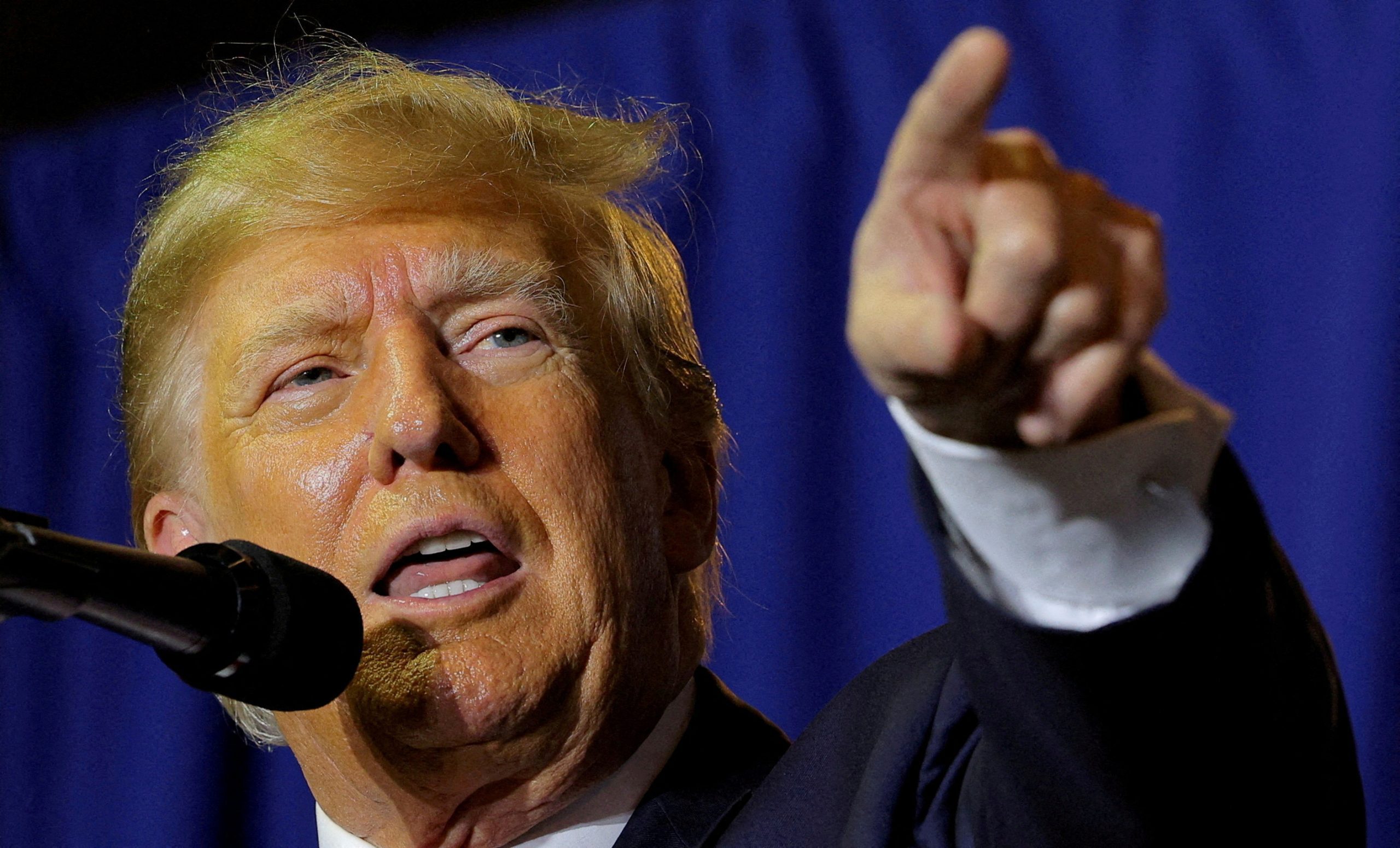In a highly-anticipated move, former President Donald Trump has made his reentry onto X, the social media platform formerly known as Twitter.
This significant development comes nine months after entrepreneur Elon Musk reinstated Trump’s account on the platform, sparking speculation about the impact it might have on the company, especially in the lead-up to the 2024 presidential election where Trump is a front-runner for the Republican nomination.
Trump, who boasts nearly 87 million followers, was once one of Twitter’s most prominent, albeit controversial, users. His return to the platform carries the potential to attract a diverse audience, potentially reshaping the trajectory of X after months of turbulence. However, it also poses a new set of challenges, including implications for the platform’s advertising business, should Trump decide to resume regular posting.
First posting
On Thursday night, Trump posted on the platform for the first time since January 2021, when he was suspended for violating Twitter’s rules against the glorification of violence following the January 6, 2021, attack on the U.S. Capitol. His return post featured a photo of his mug shot from his surrender in Georgia, where he faces over a dozen charges related to his efforts to overturn the 2020 election results, along with a link to a fundraiser.
Elon Musk, the owner of X, appeared to welcome Trump’s return, sharing the former president’s post with the caption “Next-level.” Musk later lauded the platform’s reach, alluding to Trump’s ability to swiftly disseminate messages to a vast audience.
The X problem
If Trump chooses to actively engage on X, it could significantly bolster the platform’s efforts to attract and retain users, particularly in the face of mounting competition. After controversial policy decisions by Musk, several Twitter alternatives have emerged, including Meta’s Threads, which recently introduced a major update.
Notably, during the week of July 17, web traffic to the platform previously known as Twitter declined by over 9% compared to the same period in the previous year, as reported by Similarweb, a web traffic intelligence firm.
Musk’s changes at X have also unsettled some advertisers, impacting the platform’s core business.
During his presidency, Trump’s tweets often influenced financial markets, dominated news cycles, and shaped the political agenda, driving user engagement on the platform. His return could potentially recreate this dynamic, particularly as he pursues the 2024 Republican nomination.
Increased ngagement
While increased engagement could attract advertisers back to the platform, Trump’s return also raises concerns for brands, some of whom have scaled back their spending on X due to fears of their ads appearing alongside controversial or objectionable content. Musk recently acknowledged a 50% decline in revenue from the platform’s core ad business, although CEO Linda Yaccarino later indicated that the company was nearing a break-even point.
X’s leadership has introduced new brand safety controls to reassure advertisers, but a couple of brands paused their spending on the platform when their ads were displayed alongside content celebrating the Nazi party. X took action by suspending the account and reported minimal ad impressions on the offending page.
During his active years on Twitter, Trump pushed the boundaries of the platform’s content moderation policies, often enjoying a lighter approach to moderation due to his status as a public official. With his return to X, there is the possibility that Trump might revert to his previous habits, such as making false claims about the 2020 election. Musk could find himself in the position of deciding whether to risk alienating additional advertisers or compromising his commitment to “free speech.”




 News5 days ago
News5 days ago


 News4 days ago
News4 days ago


 News5 days ago
News5 days ago


 Leaders3 days ago
Leaders3 days ago


 News5 days ago
News5 days ago


 Money4 days ago
Money4 days ago


 News5 days ago
News5 days ago


 Tech4 days ago
Tech4 days ago





